Matatus
The most unique/different/hair-raising form of transportation in East Africa was not the puddle jumper plane or the budget safari vans kept operating through duct tape and hammering (true story). It was instead the small vans operating as public transit. In Kenya they are called “Matatus”; in Tanzania they are “dala-dalas”; anywhere in the US they’d be called illegal. We just called them matatus because it sounds better.
The vans are approximately the size of 15 person vans back home. They have a driver and a “conductor,” who collects new passengers and the money. The goal of the matatu is to collect as many fares as possible, passenger comfort be damned. They wouldn’t leave the starting depot until they were already full, and would then pick up anyone along the route they could. Into these 15 person vans we routinely had 20-25 people, the unfortunate last ones stuffed in standing up with little room to move. It was surprisingly easy to flag one down – they would usually slow down and yell at you if you gave even the slightest indication you might be traveling in their direction, and if not all it took was a simple outstretched arm and they would stop.
We found out later, much to my surprise, that the matatus actually are regulated. They have route numbers, registration certificates, and a theoretical maximum number of passengers. But corruption with the road police makes any limits unenforceable.
The best qualities of the matatus are that they are cheap and arrive frequently. Wen we wanted one we rarely had to wait more than a few minutes, and we always paid a dirt cheap fare. But we got what we paid for, having to sit nearly on top of each other for over an hour. We also soon learned that because they were so desperate for fares it was easy to make demands. We would make sure they had room for our luggage, and waited for a new matatu so we were guaranteed seats away from the door.
Luggage was the biggest problem, as our backpacks were too big to fit in the matatus. That meant they either went in the back or on the top, both stressful options when the van’s operation was just barely getting by. Our most worrisome matatu trip was traveling from Naivasha to Nairobi. They had assured us our bags would be in the back, but due to new luggage they moved them to the top over our objections. Strapped down to the roof with a single strand of twine (not tied down), our matatu hurled towards Nairobi on a busy, twisty highway, our bags flapping in the wind, and both of us desperately praying that we’d see the bags again.
Luckily, there wasn’t an issue with that matatu, except when we got closer to the city we found out that the matatu was not actually going to our destination, as the driver had just said “yes” to get our business. But some very nice other passengers helped out, we were able to transfer to another matatu, and we made it safe and sound.
The matatus are easily recognized from the crazy decorations and they have. We were told that drivers and van owners will do absolutely anything they can to grab more passengers, and so the vans’ outside were filled with sport, music, and religious decals, and the insides booming with music – anything that might attract someone. Amusingly for us, many of the decals are American symbols with different meanings than the matatu owners might have thought. We thought the drivers might have more success just offering a premium service without any standing, but that wouldn’t have been as fun for us, as we tried to take pictures of our favorite fans. Here’s a sampling of some favorite pictures (unfortunately some of the most amusing matatus passed when we didn’t have a camera handy):
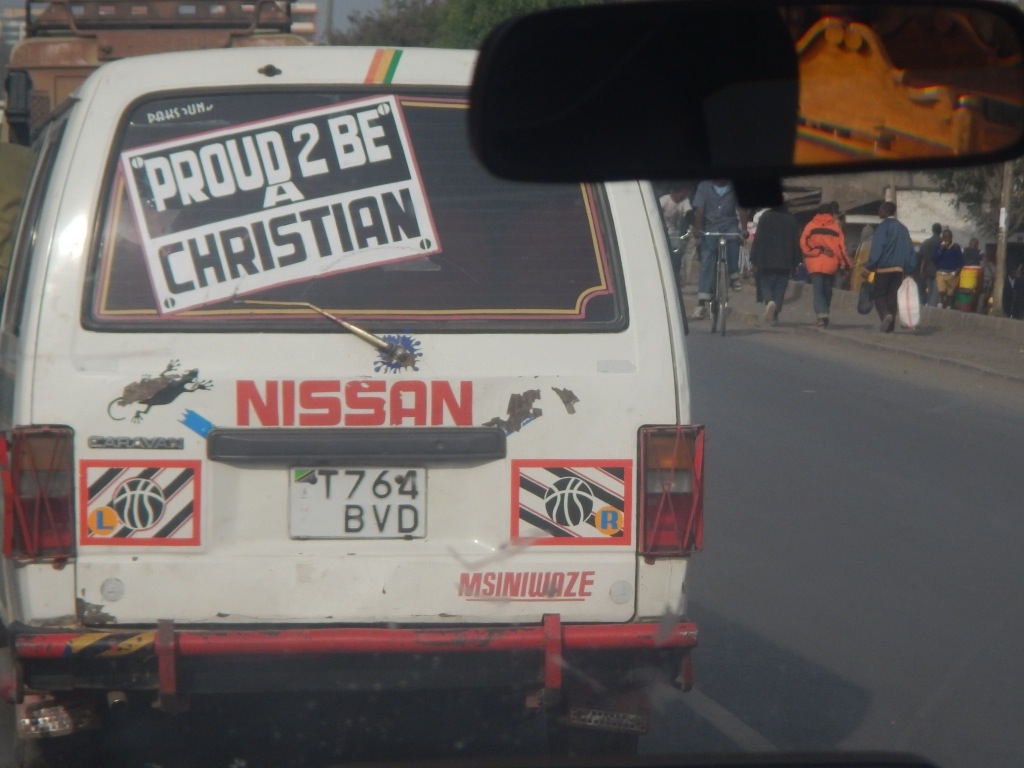
There were lots of religious messages – manly pro-Christian, but also pro-Islam. Passengers didn’t seem to care. This one also seems to have a Brooklyn Nets logo-thing going on.

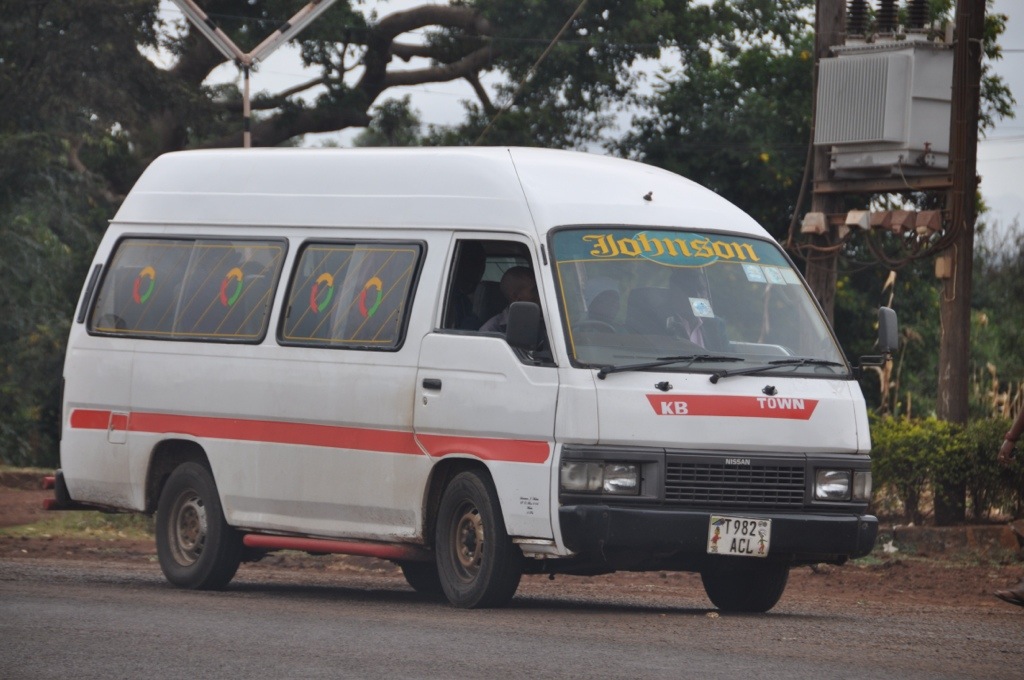
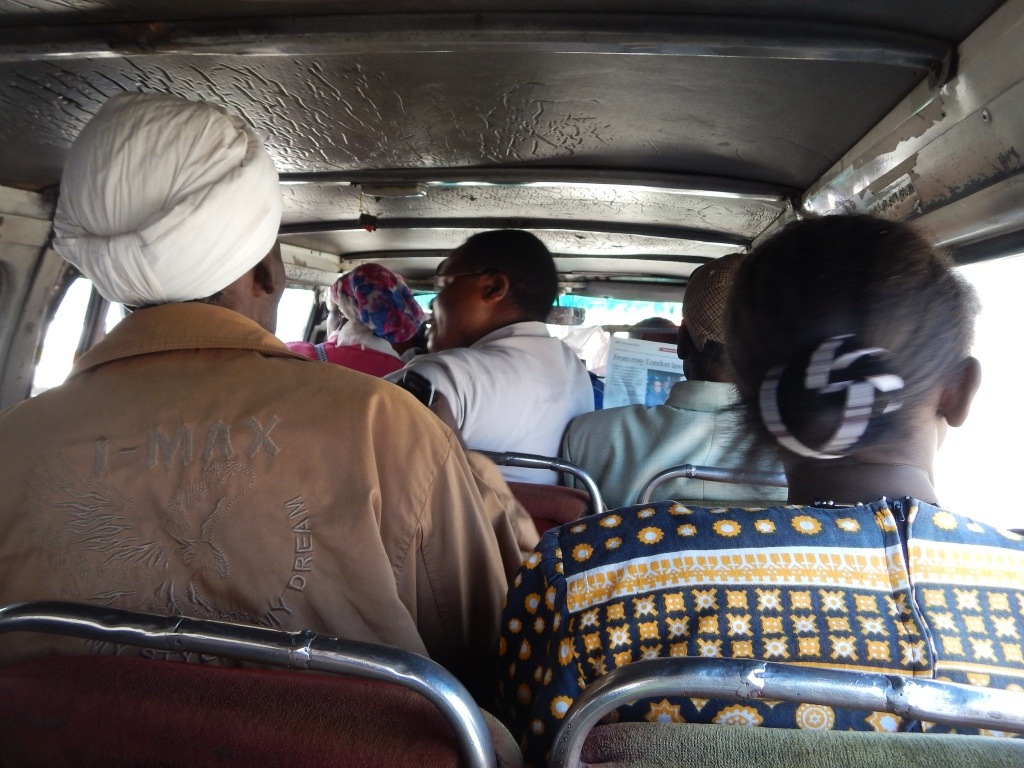
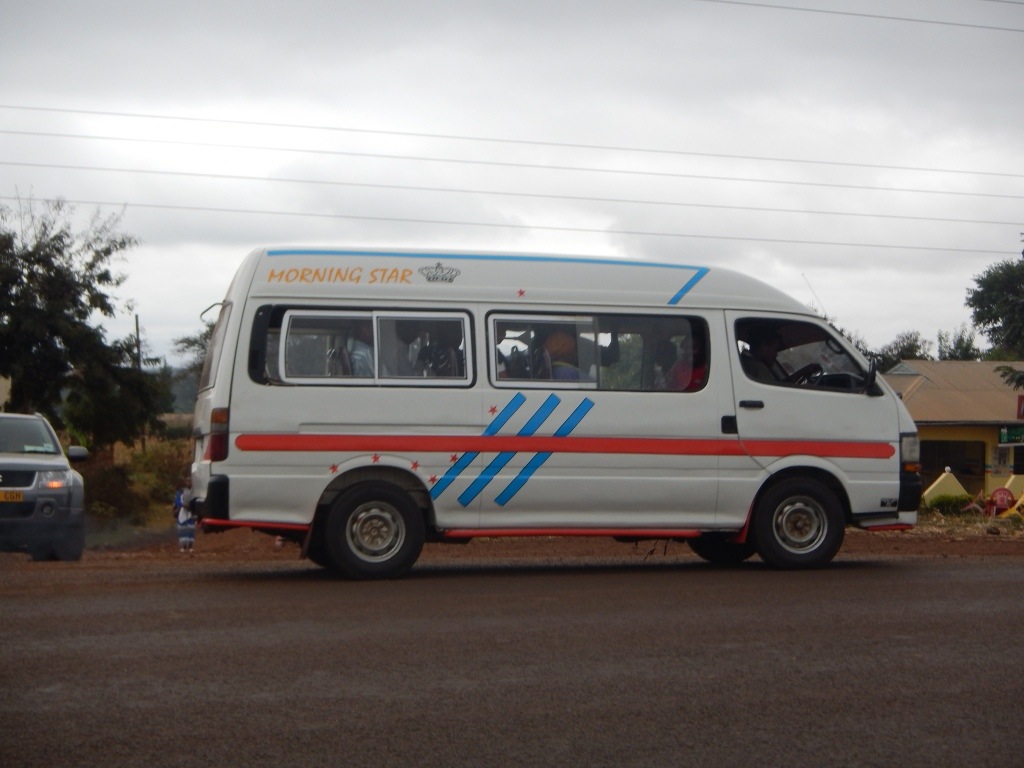
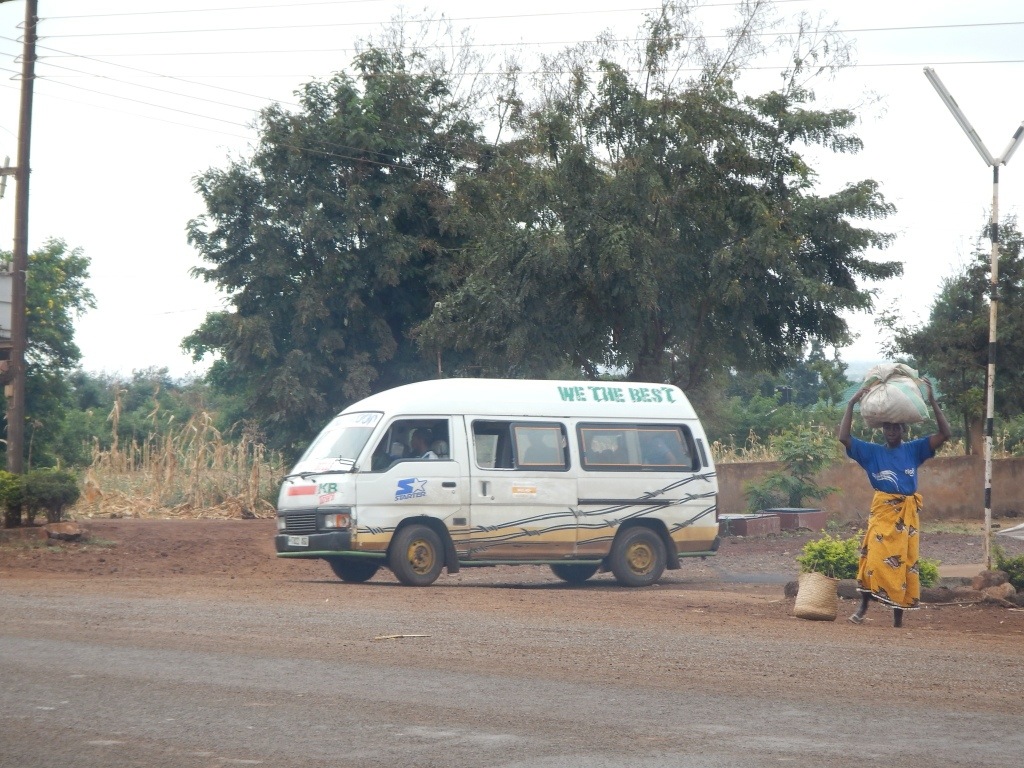
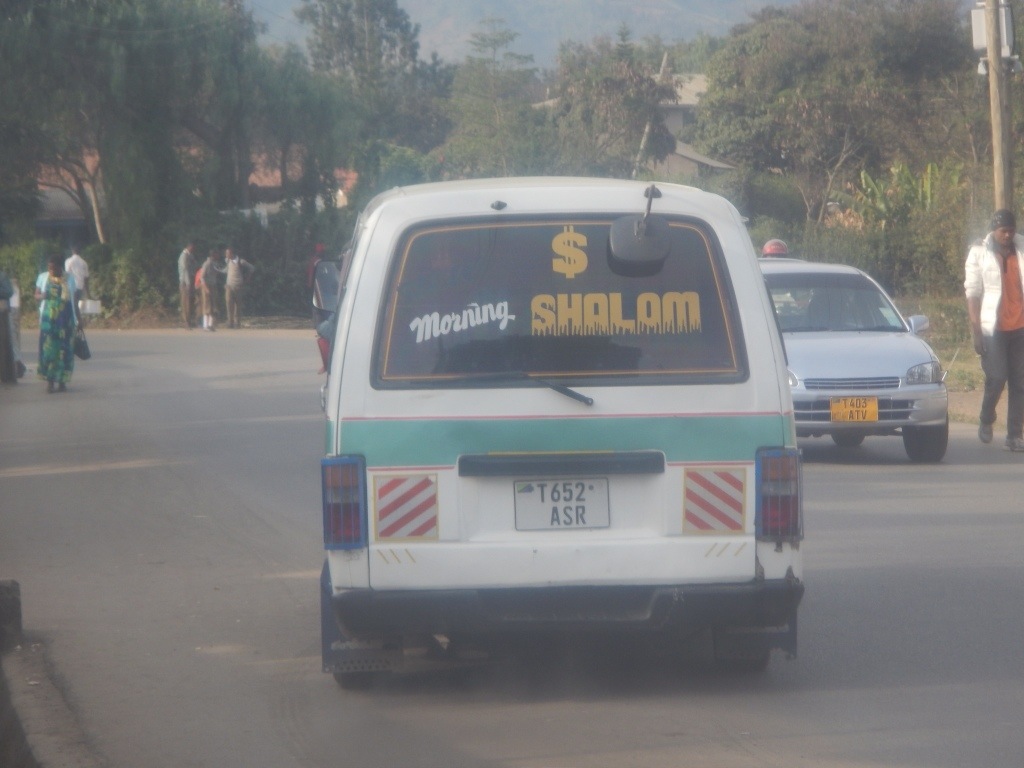
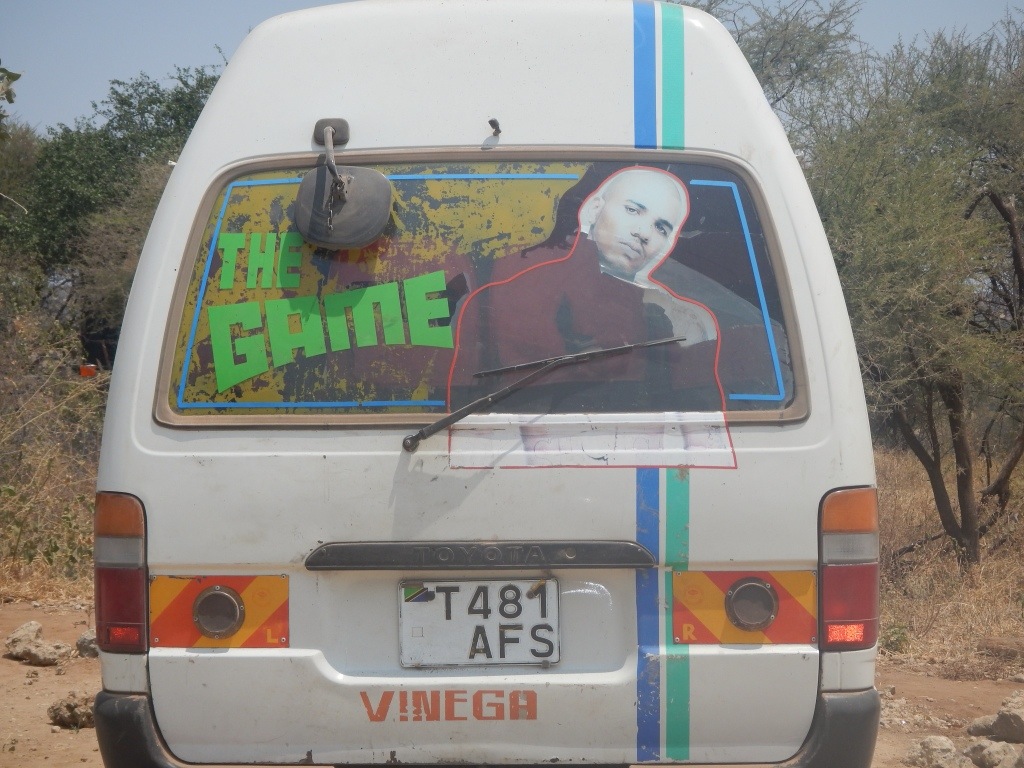
Crazy form of transportation! Love the decorations….
Yeah they were unique and fun to spot.